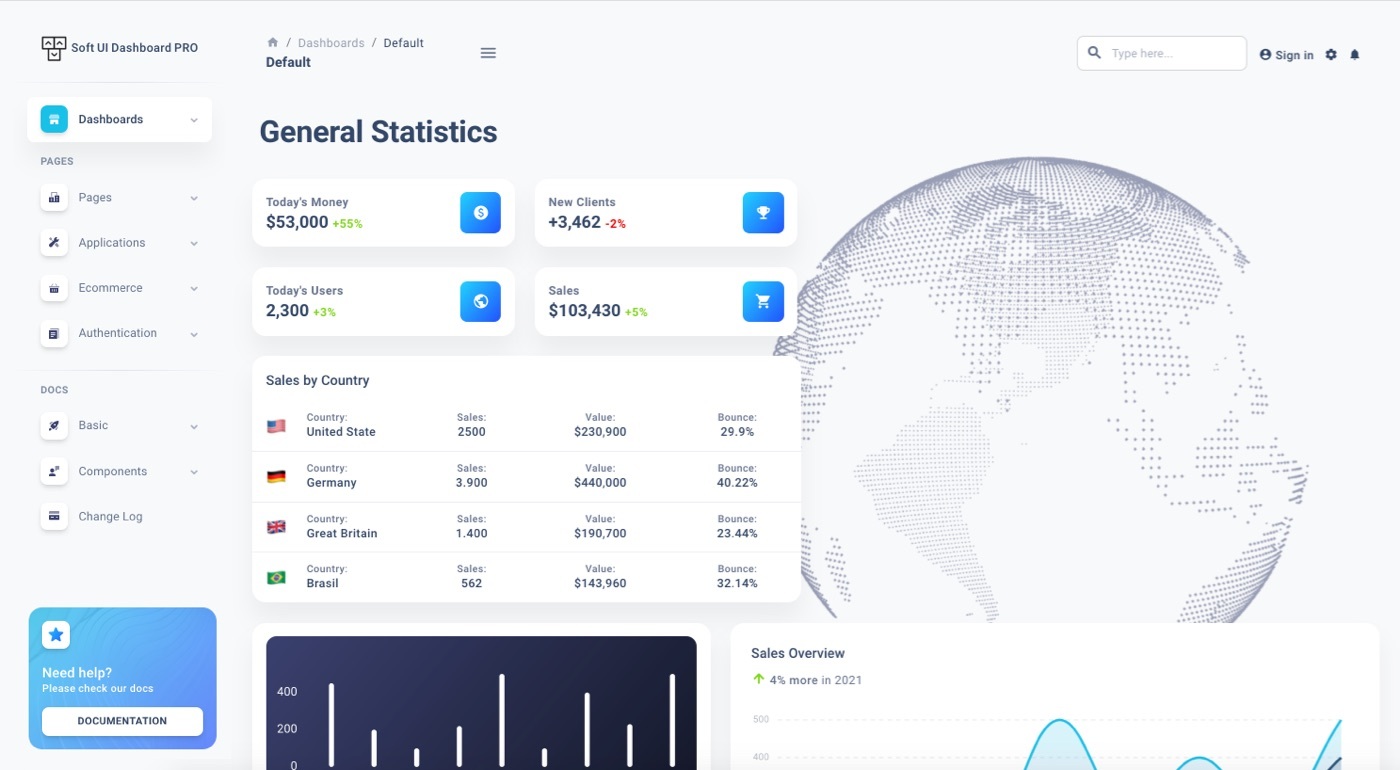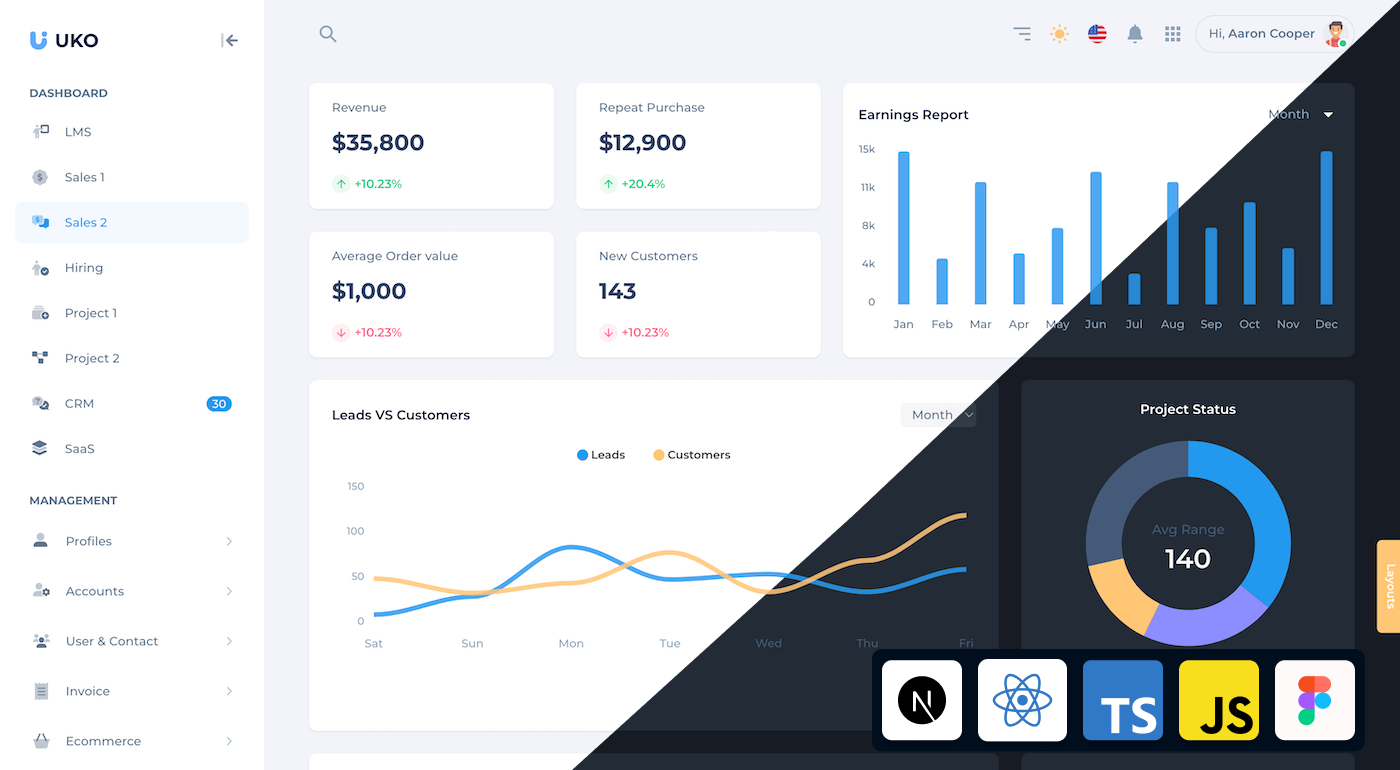网赌黑客追款无前期 如何联系黑客帮忙·(运维)
The Ultimate Guide to Choosing the Right Data Plan
In today's digital age, having a reliable and affordable data plan is essential for staying connected with friends, family, and work. With so many different data plans available, choosing the right one can be a daunting task. This comprehensive guide will provide you with all the information you need to make an informed decision about which data plan is best for you.
Understanding Data Usage
The first step in choosing the right data plan is to understand how much data you use each month. You can calculate your data usage by looking at your monthly phone bill or by using a data tracking app. Once you know how much data you use, you can start shopping for a plan that meets your needs.
Types of Data Plans
There are two main types of data plans: shared data plans and individual data plans. Shared data plans are designed for multiple users, such as a family or group of friends, while individual data plans are designed for a single user.
Shared Data Plans
Shared data plans offer a pool of data that can be used by all the users on the plan. This can be a good option for families or groups of friends who use about the same amount of data each month. Shared data plans typically come with a higher data limit than individual data plans, but they can also be more expensive.
Individual Data Plans
Individual data plans are designed for a single user. This type of plan is a good option for people who use a lot of data or who want to have their own data allowance. Individual data plans typically have a lower data limit than shared data plans, but they can also be less expensive.
Choosing the Right Data Plan

Once you know how much data you use and the type of data plan you want, you can start shopping for a plan that meets your needs. Here are a few things to consider when choosing a data plan:
Data limit: The data limit is the amount of data you can use each month before you are charged overage fees. Make sure to choose a plan with a data limit that is high enough to cover your needs.

Speed: The speed of your data connection is measured in megabits per second (Mbps). The higher the Mbps, the faster your data connection will be. If you plan on using your data plan for streaming video or gaming, you will need a plan with a high Mbps.
Coverage: Make sure to choose a data plan that offers coverage in the areas where you live, work, and travel.
Price: Data plans can range in price from \$10 to \$100 per month. The price of a data plan will depend on the data limit, speed, coverage, and other features.
Additional Considerations
In addition to the factors listed above, there are a few other things you may want to consider when choosing a data plan:
Data rollover: Some data plans allow you to roll over unused data from one month to the next. This can be a good option if you don't use all of your data each month.
Unlimited data: Some plans offer unlimited data, which means you can use as much data as you want without worrying about overage charges. Unlimited data plans are typically more expensive than plans with a data limit.
Family plans: If you have multiple family members who need data plans, you may be able to save money by getting a family plan. Family plans typically offer a discount on the cost of individual data plans.
Conclusion
Choosing the right data plan can be a challenge, but it is important to take the time to find a plan that meets your needs. By following the tips in this guide, you can choose a data plan that will keep you connected and productive without breaking the bank.
